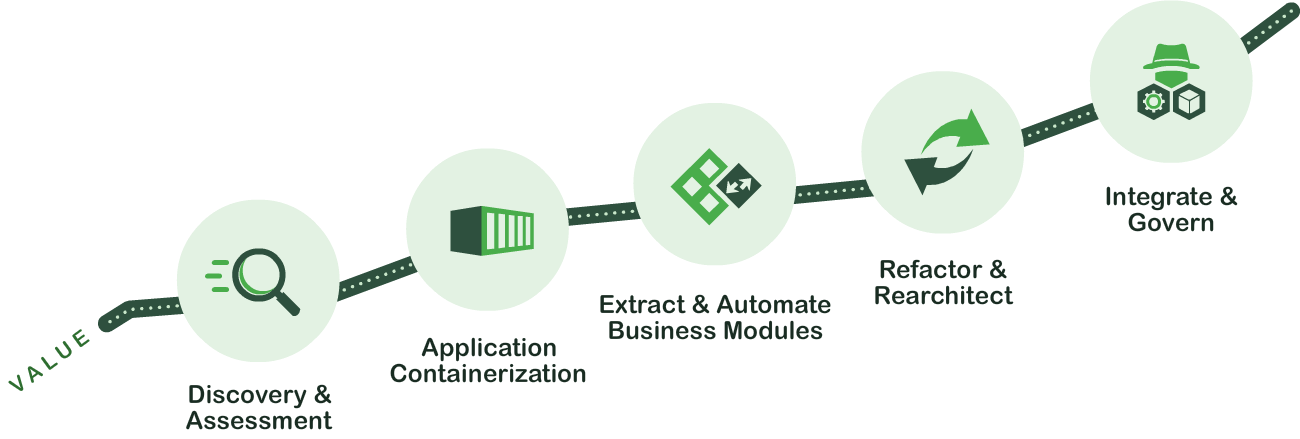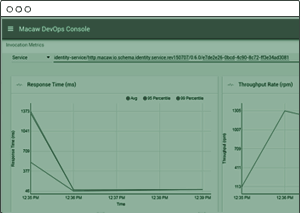Accelerate Modernization of Traditional Applications (MTA)


Application modernization involves migrating legacy applications to use Cloud paradigms like Containers, Microservices, and DevOps automation. This is often driven by the need to bring speed and agility into the development process along with simplifying and automating operations. This will allow IT to meet business needs more effectively in the digital age.
The status quo of traditional application modernization involves systematically rewriting existing code to newer technologies. However, this approach is fraught with risks and can be costly. Macaw takes a distinct approach in transforming legacy applications without forklifting yet consistently reducing costs and harnessing flexibility in operations as illustrated below:



A business has chosen to modernize their applications and a proper look at the current scenario must happen. This process of discovery will cement the foundation of modernization program, based upon which higher-level decisions can be accurately and thoroughly taken. Macaw with its plugin automatically discovers the complete application stack and its dependencies. These visual representation of application dependency along with their configuration and usage details provides a guide map for stakeholder to prioritize and plan their modernization journey.

Using the insights from discovery in step 1, architects can decide the how to slice the application into components: each of which can be packaged into a self-contained and portable software unit, called containers. Once this is complete. the same application components will be able to run as containers bringing in some of the operation benefits that are native to containers. It is possible to insert some additional service monitoring capabilities at this stage to improve operations visibility. DevOps automation can also be introduced at this stage.
Once the application is containerized, the next step is to break it down into finer modules which can then be treated as individual services with their own lifecycle management capabilities. Macaw makes this process automatic if the application uses standard frameworks like J2EE, .NET, etc. Existing artifacts can be mapped to Macaw services modules to accelerate this step.

Once the breakdown plan is agreed upon, it is now time to slowly re-factor each module into a self-contained Microservice. It is also recommended to revise the data model as only required data space will be scaled along with the service. Maximum benefit can be realized here as each module can be scaled independently.
In the final stage, several in-built capabilities of the platform will be integrated and leveraged such as Database as a service, load balancing, API gateway, identity management, etc. to extract the maximum benefits from the Macaw platform. Once this is achieved the application will become fully cloud native, delivering the required agility and portability to the enterprises.
